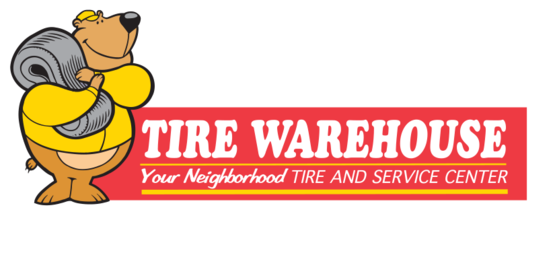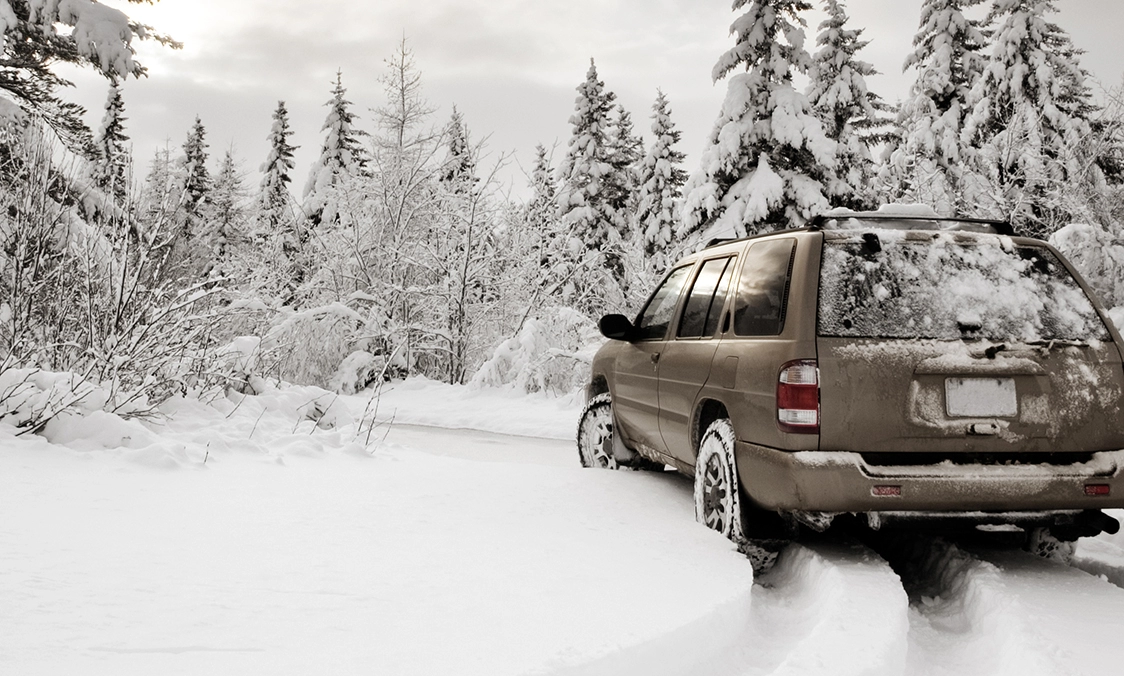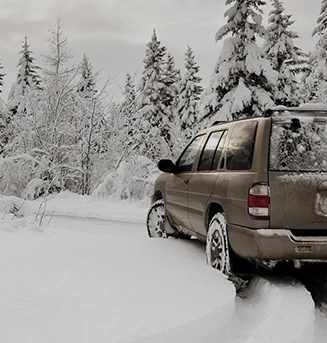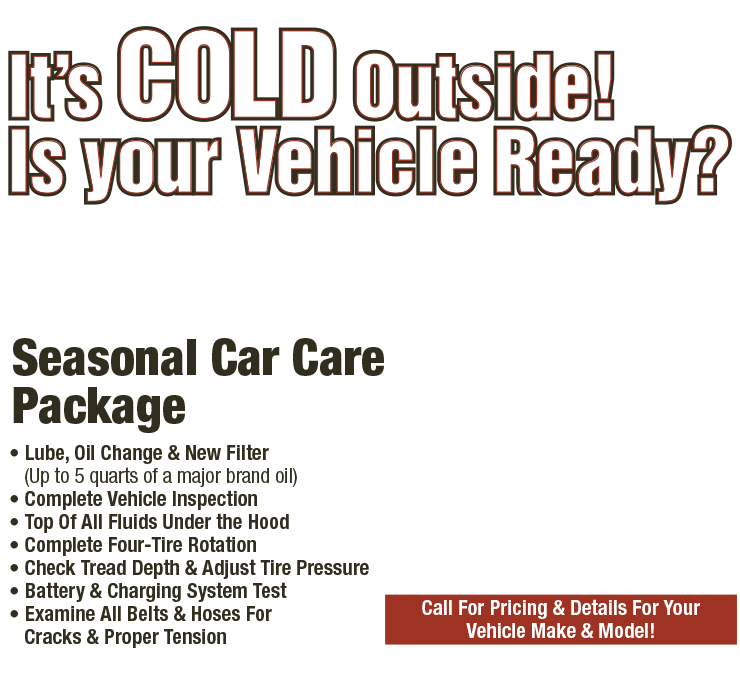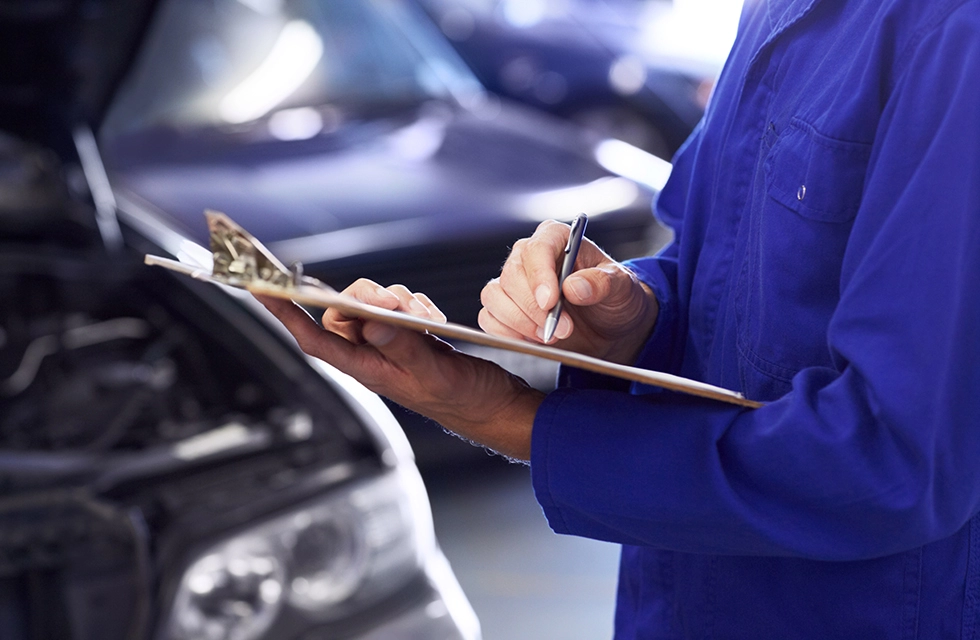Automotive Tips from Tire Warehouse Depot: Where Should New Tires Be Placed
May 8, 2017
When Lake Orion drivers need to replace tires, they need to know how many they should get and on which axle they should be placed. Replacing a damaged tire may leave you with three others with significant wear, which could affect your traction control, stability control and anti-lock brake systems.
If you can’t afford to replace all four tires at once, you should at least replace two on the same axle. New tires should always be put on the rear axle for stability in slippery conditions. Your friendly and professional Tire Warehouse Depot tire professional can help you know when your worn tires should be replaced, if you can have a damaged tire repaired as well as selecting the right tires for your needs.
Give us a call.
Tire Warehouse Depot
250 N. Lapeer Rd.
Lake Orion, Michigan 48362
248-929-0699
Need Service?
More articles from Tire Warehouse Depot

Knowledge is Power (Battery Testing)
November 30, 2025
Its likely happened to you once or twice. You head to your vehicle, open the door, turn the key and lo and behold, your battery is dead. Now youre stranded, may have to get a jump or a tow, and youll definitely be late for wherever you were headed. While your vehicle may sometimes give you warni... More

Don?t Meddle with the Pedal (Brake Caliper Replacement)
November 23, 2025
If you drive a newer vehicle, chances are it has disc brakes, and one of the components of that type of brake is called a brake caliper. The caliper allows the pressure from your foot on the brake pedal to eventually move brake pads against discs in your wheels, which then slow and stop your veh... More

Smooth Operator (Shock Absorbers)
November 16, 2025
When you are comfortably headed down the road, you may not realize how many of the imperfections in the driving surface are being smoothed out, so you hardly feel most of them. You can thank your shock absorbers for a lot of that comfort, and its important to make sure you keep your shocks in go... More
